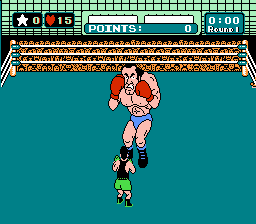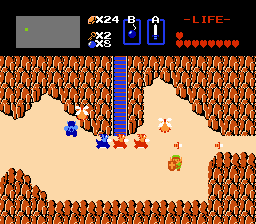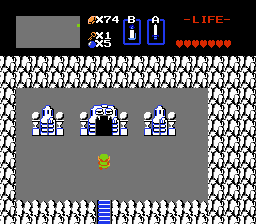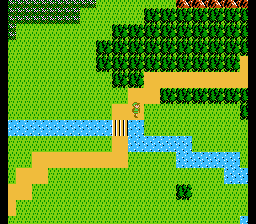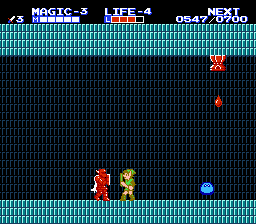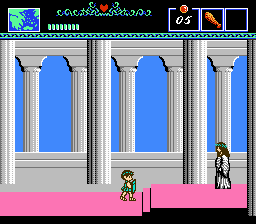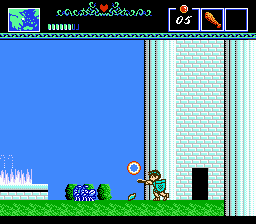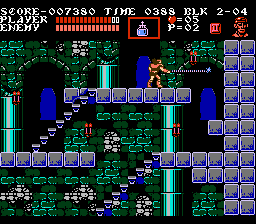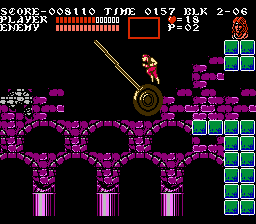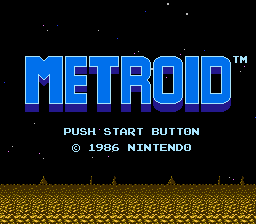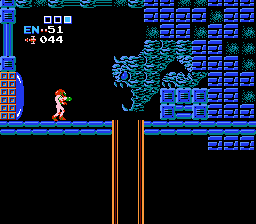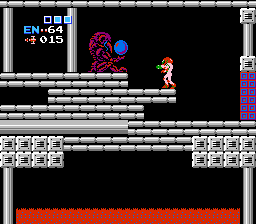NES Links and Thoughts
Just finishing off the NES retrospective with a few links and thoughts…
- FCEUX: An easy to use and feature rich NES emulator that I used to get most of the screenshots for this series of posts. The best feature is the ability to save your game state anywhere during a given game. Since most Nintendo games didn’t have this feature natively, it became a godsend when playing longer, relatively complicated games like Metroid or Zelda. It’s amazing to me that there are still games made today, even on the current console generation, that don’t allow saved games (or employ a nifty checkpoint system, etc…) NES games didn’t allow them (or provided limited functionality) due mostly to technical reasons, though I guess it also gave kids bragging rights for some of these insanely difficult games. But for someone like me, save states are pretty much a necessity. While on the subject of save states, Kernunrex recently played Castlevania and made a similar point:
I have no idea how anyone ever did this in the era before save states. … I can’t imagine the gallons of tears this game must have generated from ’80s children who had parents mean enough to buy it for them. As an adult, I had to make a save state after every successful hit on Dracula. Even then, it took me 30-40 minutes of work. Yeash.
Indeed!
- JSNES: It’s no FCEUX, but it’s a pretty neat little javascript based NES emulator that runs on an HTML page. It’s pretty impressive, though it only works really well in Google Chrome (other browsers have varying levels of lag).
- Two honorable mentions I inexplicably forgot: Super Mario Brothers and Bionic Commando. Alas, I don’t have a ton to say about Super Mario Brothers, except that I never really got into all the sequels (though SMB3 seemed pretty cool) or spinoffs (though I do like Mario Kart). The original came is pretty cool and did indeed engage me for weeks after getting the NES. Exceptional music and that peculiar early NES design aesthetic are true classics though (I mean, seriously, the game is about mustachioed Italian plumbers who are seeking to save a Princess from a giant, turtle-like monster called Bowser by eating mushrooms that make them larger and flowers that allow them to throw fireballs). A lot of the classic games like SMB draw from archetypal sources, which lends them power, I think. For instance, in SMB’s case, one of the primary sources has to be Alice in Wonderland. Ok, so I ended up saying more than I expected about SMB. Sue me. As for Bionic Commando, I said my piece on that a few weeks ago in a post on Bionic Commando Rearmed, the rather excellent current-gen remake (though by all accounts, the current generation Bionic Commando game is rather sucky).
- The Games that Defined the NES: A nice sampling of iconic games on this console – a lot of overlap with my list and… crap, I forgot to mention Excitebike. I did enjoy that game, though it was mostly because of the fact that there was a track editor that came in the game… which may have been a first for me. Anyway, the list has a few other games that are worth mentioning, but which I never really owned or got into (i.e. Kirby and Kid Icarus, though I may have played that one at some point – it seems very familiar).
- Duck Hunt is another I forgot to mention, though it’s primary claim to fame was that it came with SMB and was the only game I ever owned that used the Light Gun. This is actually interesting to me because it’s yet another Nintendo game that matches really well with a peripheral that was never really used so well again. Kinda like the Wii, where the single best example of a Motion Control game is still Wii Sports (though I guess you could argue that Wii Sports Resort has superseded the original… on the other hand, it’s pretty much the same concept and it also requires an additional peripheral). But I seem to have digressed away from the NES. Moving on…
And that about wraps up the NES retrospective. It was fun! Next up in the list of retrospectives will probably be my family’s first IBM compatible computer, a 66MHz 486 Gateway computer, and the various games I played on that (This will be very imprecise though, since there are classic games that I never played until much later on different computers… but given the personal and subjective nature of these retrospectives, it probably makes sense to focus on what I played on what machine… so when I leave out Sim City, don’t worry, it’ll probably be on the next computer on the list…) Hopefully, I’ll get to that series of posts much quicker than I got to the NES (i.e. hopefully within the year).

